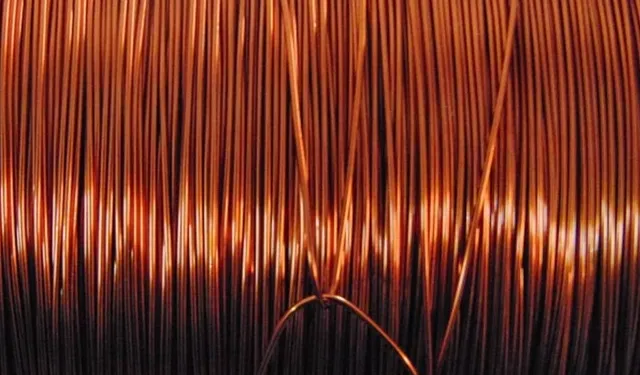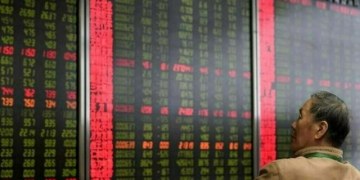Asian propylene prices are not expected to recover by year end from a downtrend that started in August, market participants said late last week.
A major downstream plant shutdown, the startup of several new propane dehydrogenation plants, the looming end of turnaround season and a weak outlook for the polypropylene market were likely to result in a significant surplus of supply in the region in Q4, they said.
“I don’t see any bullish factor moving forward to Q4,” one Asian producer said last Thursday. “Prices could gradually move down going to Q4.”
Prices have fallen sharply since August 1 following a pipeline explosion in the Taiwanese city of Kaohsiung the day before, tumbling $90/mt from July 31 to be assessed at $1,385/mt CFR China Friday and by $85/mt to $1,335/mt FOB Korea over the same period.
The gas blast damaged an underground pipeline running from Lee Chang Yung Chemical Industry Corp.’s propylene import tank at Huayun Terminal to its 400,000 mt/year PP plant, which remains shut indefinitely. The blast killed about 30 people and injured more than 300.
LCY’s domestic feedstock supplier, CPC, has turned to the spot market to find export opportunities for its surplus propylene since the PP plant closed.
“The market changed after the LCY shutdown,” a trader said Friday. “China is full of Taiwanese cargoes.”
CPC sold eight cargoes with a total volume of 17,800 mt over August 1-19, a company source said. Previously it rarely sold propylene on a spot basis. Market participants said CPC was likely to continue offering propylene for export for as long as the LCY PP plant remained closed, and this would likely continue to weigh on propylene prices. “Ethylene margins are good and so producers do not intend to cut their operating rates,” a producer said.
A CPC source said: “We are also distributing more to our domestic customers. Everything depends on how long LCY will remain shut.” A propylene end-user in Taiwan said the government was in the process of checking all underground pipelines in central Kaohsiung. “I don’t think they will finish it [the checks] by end of this month,” he added.
An election in Taiwan in late November could also be a factor delaying the restart of LCY’s plant given the political sensitivities, a producer said.
NEW SUPPLY IN CHINA
The startup of three new propane dehydrogenation or PDH plants in China in Q4 will add further propylene supply to the spot market, participants said.
Several feared the market was facing a severe oversupply that would fuel a sharp retreat from already low current price levels.
“The market could crash once the PDH plants start producing on spec propylene,” a trader said.
A total of 1.5 million mt/year propylene production capacity is slated to come on stream by year end once Zhejiang Satellite Energy, Ningbo Haiyue New Materials and Shaoxing Sanyuan Petrochemical commence commercial production at new PDH plants in Q4, market participants said.
A company source at Satellite did not provide a status update for its project Friday, while the other two could not be reached for comment.
Another producer said all three companies had started feeding propane into their plants, but had not yet achieved on spec propylene production.
Satellite’s PDH plant, with a propylene production capacity of 450,000 mt/year, began test runs at end July, a trader said.
“I think they will use more than 350,000 mt/year of propylene for their downstream AA plant and 100,000 mt/year will be surplus for the market,” another Asian producer said.
Satellite’s acrylic acid plant has a capacity of 480,000 mt/year.
Ningbo Haiyue’s 600,000 mt/year PDH plant, which was said to have started operations last month, has yet to achieve on-spec production, sources said.
“I think they have not even done test runs yet,” a trader said.
Haiyue is expected to offer all its propylene into China’s domestic market. It does not have any derivative plants.
Sanyuan Petrochemicals’ 450,000 mt/year PDH plant began test runs in May, the same trader said, adding it “does not have on-spec product yet.”
The company is expected to consume all 450,000 mt/year of planned propylene output at its own PP plant.
In addition to new PDH plants, Platts Petrochemical Analytics’ Global Polyofelin Outlook 2014-2015 released in June noted there were plans in China to start up at least four new coal-to-olefins plants in 2014, boosting the country’s total propylene capacity by another 1.8 million mt/year.
Market participants also noted the current propylene plant maintenance season will end in Q4.
“The high turnaround season in Northeast Asia will end around October/November with YNCC, Formosa, Idemitsu [and other producers] coming back on stream,” a supplier said.
Participants also noted that downstream demand for PP, which accounts for more than 50% of propylene demand, is currently weak.
“Buyers are still very cautious,” a trader said Monday. “I can’t even get feedback from customers,” he added.
Demand for PP was also not expected to pick up in Q4.
“As coal based capacity in [China’s] domestic market expands, demand for imported PP cargoes could be affected, although the re-export market will be stable,” another trader said Monday.
– Platts.com




























